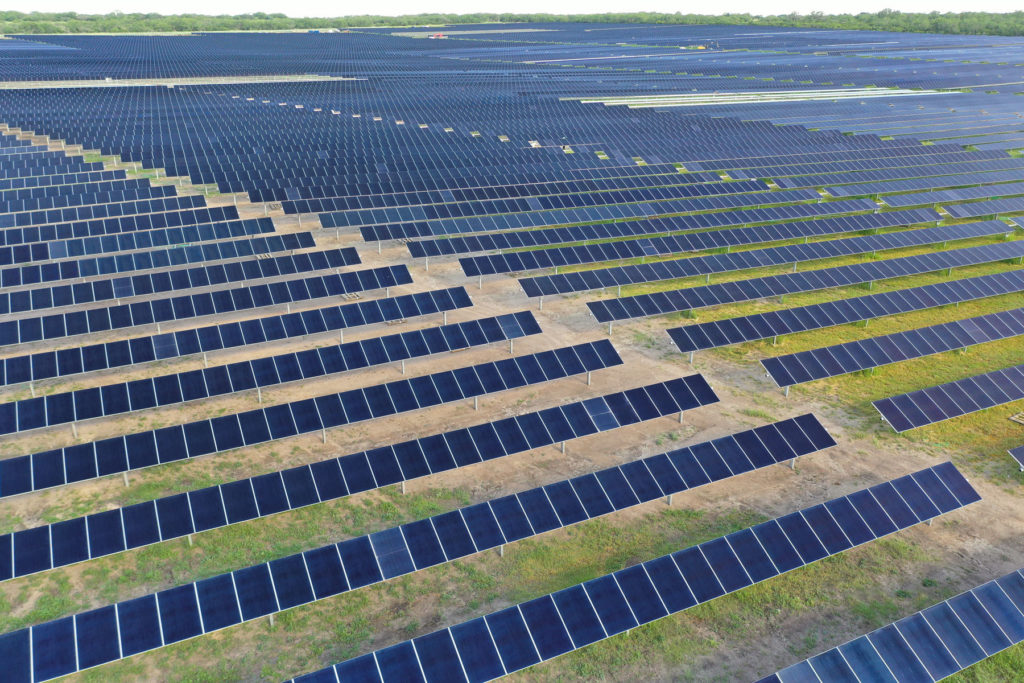
A round-up of the latest news from the US solar market, including Bridgelink Power receiving a US$200 million loan to finance its utility-scale solar projects, Vistra’s 50MW Texas plant is online and Castillo Engineering to develop 38.25MW community solar projects in New York.
Bridgelink receives US$200 million loan to fund its utility-scale solar projects
12 April 2022: Utility-scale developer Bridgelink Power secured a US$200 million revolving credit facility with Crayhill Capital Management to finance its late-stage utility PV projects under development.
The fund will fund capital expenditures for projects before its construction as well as facilitate the acquisitions of pre-construction projects where the company can leverage its knowledge in engineering, procurement and construction.
The US developer has over 10GWp of solar, storage, and solar-plus-storage projects under development across Electric Reliability Council of Texas (ERCOT), PJM Interconnection (PJM), and Midcontinent Independent System Operator (MISO) with more than 1,000MWh of battery storage projects.
Vistra 50MW PV plant in Texas now online, another 108MW expected this spring
13 April 2022: Texas-based utility Vistra’s 50MW Brightside Solar Facility in Texas is now online, the first of seven projects it intends to connect in the next few years.
This spring the company also expects to bring online another solar PV project of 108MW as well as a standalone 260MWh energy storage facility.
These projects are part of Vistra’s US$1 billion investment in Texas for renewable and battery storage projects and with plans to reach 7.3GW of renewable projects by 2026.
Castillo Engineering to develop 38.25MW of community solar in New York
12 April 2022: Castillo Engineering will develop 38.25MW of community solar projects for ClearPath Energy in upstate New York.
The six community solar projects will range from 4.5MW to 7.5MW in size and are currently in late stages of construction in New York and are schedule to be operational in the second quarter of 2022.
The engineering firm said the projects used bifacial modules with half of them using solar trackers while the other half using fixed-tilt racking.






